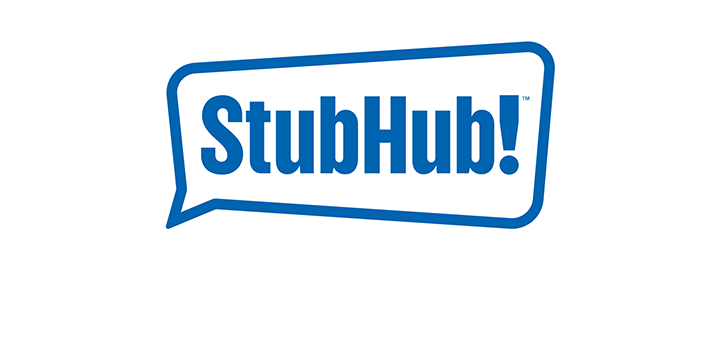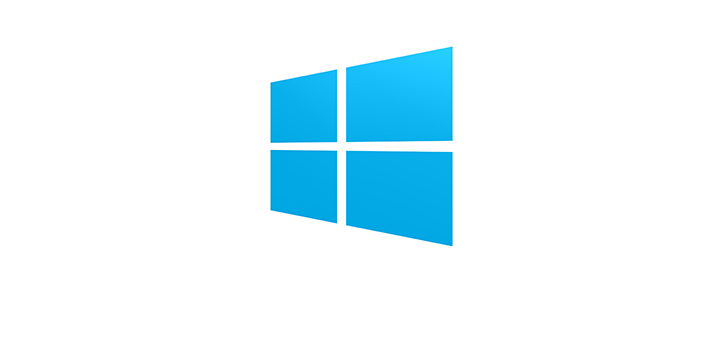Contrary to the title of this piece, flat designs do not guarantee a new identity rollout is well-received.
You’ve likely seen the flat design trend in recent identity rollouts from the likes of Google, Spotify and instagram, to name a few. In theory, incorporating flat design concepts into a refreshed identity is important. In a digital world, flat design fosters shorter load times and supports a consistent online experience across all devices. Research also suggests that the millennial audience is more drawn to simple, flat logos as opposed to the dynamic logos of the past. That being said, there is much more to rolling out a new identity than simply making it flat.
While simple, clean logos seem to be everywhere, not all are successful. The criticism recent rollouts from Windows, Stubhub and Starz have received is evidence of this (For personal reasons, we were also disappointed that Starz had such a lackluster update). Ill-received identities often boil down to lack of research and strategy to back up the reasoning behind the mark. While some believe the logo itself is “dying” the tremendous backlash these brands have experienced from the public clearly indicates otherwise.


Brands are investing less in the logo design process and conducting less research. A flat logo alone can not be guaranteed to resonate with your audience. It is essential that, when updating or modernizing a logo, you also retain some of its original brand equity. The result of which can mean retaining and building trust in your existing consumer base while at the same time extending your reach to potential new fans of your brand.


The D+i team takes a thoughtful approach to identity design. By building upon existing brand equities we ultimately deliver a logo with the ability to tell a story or represent a concept that resonates with new and loyal followers alike.
The logo is not dead. While flat, simple design appears to be key for modern logos, retention of key brand equities is essential for a successful rollout.